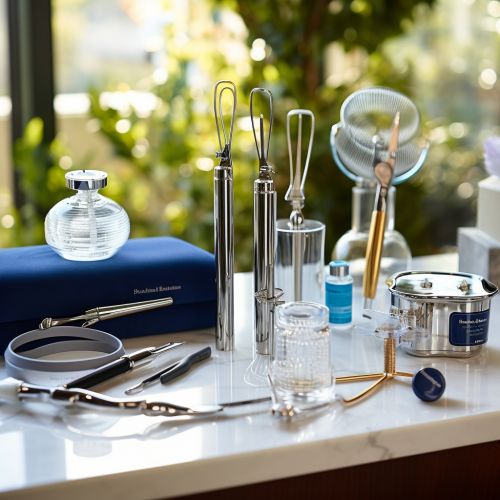Medical Device
Overview
A Medical Device is a product, such as an instrument, machine, implant, or in vitro reagent, that is intended for use in the diagnosis, prevention, and treatment of diseases or other medical conditions. Unlike drugs, which are based on biochemical or immunological processes, medical devices act by other means like mechanical or thermal, but may also be assisted by medicinal products or incorporate as a part of the system a substance or human blood derivatives.
Classification
Medical devices are classified into Class I, II, and III, with Class III devices being the most rigorously tested. This classification is based on the level of control necessary to assure the safety and effectiveness of the device. Class I devices are considered to have a low to moderate risk to the patient and/or user, while Class II devices have a moderate to high risk. Class III devices, which are usually those that support or sustain human life, are of substantial importance in preventing impairment of human health, or which present a potential, unreasonable risk of illness or injury.


Regulation
Medical devices are regulated by the FDA in the United States, the EMA in the European Union, and other regulatory bodies worldwide. These agencies review medical devices for safety and efficacy before they can be marketed. The regulatory process includes a review of the manufacturer's quality management system, preclinical and clinical data, and labeling.
Design and Development
The design and development of medical devices involve a complex process that includes concept generation, feasibility study, design input, design output, design review, design verification, design validation, design transfer, design changes, and design history file. The process requires a multidisciplinary approach involving engineers, scientists, medical practitioners, and other stakeholders.
Manufacturing
The manufacturing of medical devices involves a series of processes such as material procurement, machining, assembly, testing, packaging, and sterilization. The manufacturing process must comply with the GMP regulations and standards to ensure the quality and safety of the devices.
Quality Control and Assurance
Quality control and assurance in medical devices involve a set of procedures to ensure that a product adheres to a defined set of quality criteria or meets the requirements of the client or customer. Quality control and assurance include inspection, quality audits, and statistical quality control.
Risk Management
Risk management in medical devices is a process for identifying, evaluating, and mitigating risks associated with harm to people and damage to property or the environment. Risk management is a key aspect of Quality Management System (QMS) of a medical device company.
Post-Market Surveillance
Post-market surveillance involves monitoring the safety and performance of a medical device after it has been released on the market. This process includes collecting and analyzing feedback, complaints, and reports of adverse events from healthcare professionals, patients, and the public.
Future Trends
Future trends in medical devices include the integration of artificial intelligence and machine learning technologies, the development of wearable and implantable devices, the use of 3D printing technologies in device manufacturing, and the advancement of telemedicine and remote patient monitoring devices.
